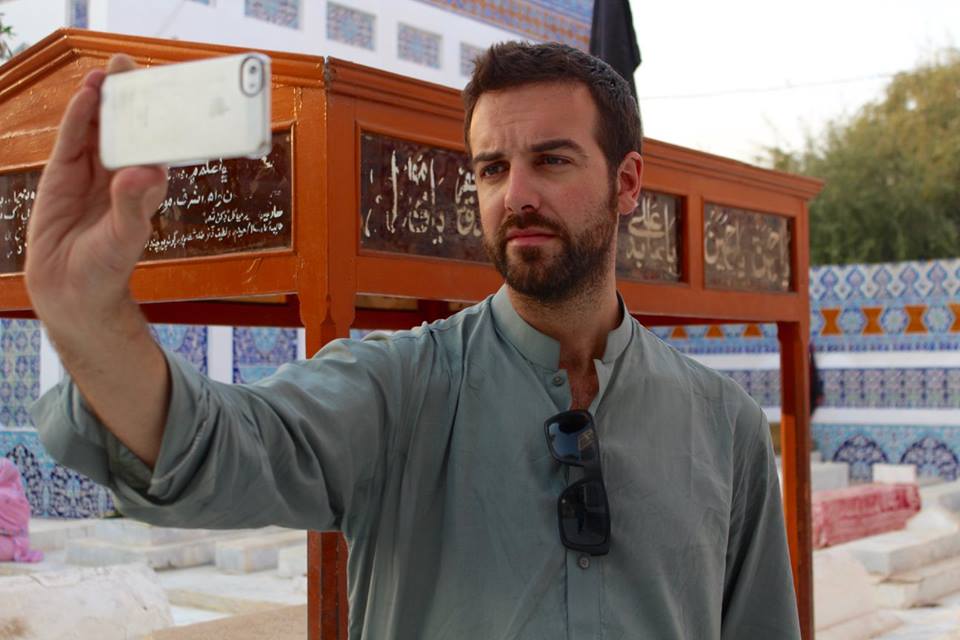The Islamic calendar month Muharram has begun in Australia, Saudi Arabia and across much of the world, with Pakistani and Indian Muslims to mark the new year of 1435 tomorrow.
According to a report in the Oman Observer the new crescent moon was not sighted on Sunday, leaving Monday as the calculated last day of the year. Additionally, Moonsighting.com has noted several reports of moonsighting on Monday, indicating Tuesday 5th November as the first day of the new Islamic calendar year.
Meanwhile in Pakistan, it has been reported that the Ruet-i-Hilal or Moonsighting committee did not sight the moon in Karachi on Monday 4th November, meaning that the logical sighting date would be Tuesday. Muharram is therefore expected to begin in the subcontinent on Tuesday night, making Wednesday 6th November the 1st Muharram.
As a result of the moonsighting, the dates of Ashura have been announced for the 13th and 14th November in most nations, and for the 14th and 15th November in Pakistan and India.
Ashura is marked every year on the ninth and tenth days of Muharram. It is mourning period for many Muslims, but particularly Shia Muslims who commemorate the matryrdom of Hussain bin Ali in the year 680.
Islamic New Year is a date traditionally recognised by Muslims (Ras as-Sanah al-Hijriyah in Arabic), although it is not celebrated to the extent that Gregorian New Year is. Muharram is held as a holy month in Islamic scripture, and while some countries such as Oman and the UAE announce a public holiday, the impending mourning period of Ashura ensures that celebrations are either largely subdued or altogether ignored.
Because the Islamic hijri calendar is based on moon sighting, dates are observed one day later in many South Asian countries where the crescent moon is often only visible one day after the Middle East.






0 Comments